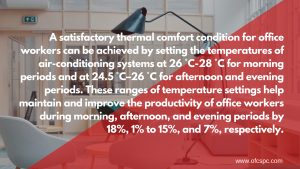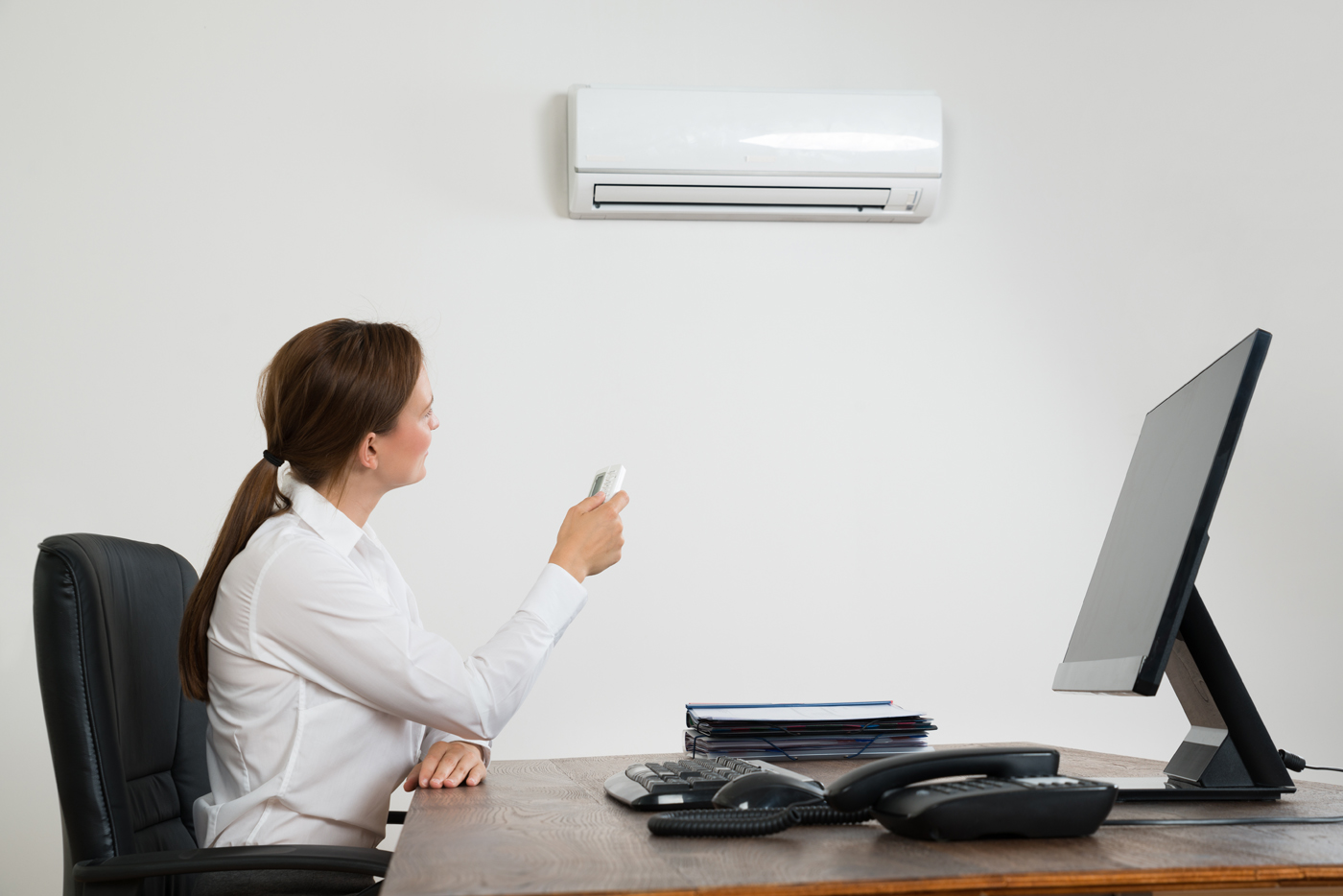 Do you feel like an icy White Walker from “Game of Thrones” while working from your office desk? It seems that your office is too a victim of a problematic air conditioning. It is a hidden world altogether, “Alice’s Wonderland” sorts, and it is true that the majority of workplaces around the globe get affected by it. An effective temperature control is an imperative reason behind a productive work environment, but businesses often overlook this vital part of their furnished office structure.
Do you feel like an icy White Walker from “Game of Thrones” while working from your office desk? It seems that your office is too a victim of a problematic air conditioning. It is a hidden world altogether, “Alice’s Wonderland” sorts, and it is true that the majority of workplaces around the globe get affected by it. An effective temperature control is an imperative reason behind a productive work environment, but businesses often overlook this vital part of their furnished office structure.
When organizations plan to refurbish their office or move to a new address, many fall under a false assumption that the air conditioning will be easily integrated into their work structure. They believe the misconception that all pre-installed air conditioners are well performing and easy-to-use. In fact, if businesses want to look deeper, there are endless opportunities and innovations one can do with the air conditioning – ranging from its capabilities, functionality, applications, and required usage.
So, what how’s the air conditioning at your workspace? A traditional office setup will differ from that of a co-working space, and that affects the working of the air conditioners. Since, as an office manager or business owner, you’ll find different types of office layouts – from open layouts to with cubicles – air conditioning works dependently.
For an office with an open floor plan, air-conditioning units are usually the duct units flowing below the ceiling. The formation promotes effective dispersion of conditioned air and facilitates the easier working of people. In a cubicles office setup, the air conditioning may be similar to the former plan, but you can also find independent wall mounted units especially at the cabins. Note, that all of these units are placed at higher levels to ensure effective distribution of cooled air.
There are 4 types of air-conditioning systems widely used by offices all over.
Split Types – Where an outdoor unit is connected to the indoor unit(s), one control mode across each of the indoor units.
Multi-Split Types – This is similar to the former except that there are few more control options like an independent unit on/off and temperature adjustment.
Heat Recovery Types – Similar to the multi-split types, but with the tractability of control and additional heat recovery for energy savings.
Heat Pump Types – A version of multi-split types, but where the design of the unit becomes an imperative factor over improved functionality and installation.

Several office goers consider a temperature of 20-25 degree centigrades an ideal work scenario, however, the changing seasons are the key driving change in air conditioner temperatures. As summer approaches, demand for air-conditioning increases. Warm air finds its way through office glass facades, large windows and terrace areas, and thus gains considerable heat. It is when offices run air conditioners at their best to avoid uncomfortably warm environments.
People feel that the lower office temperatures trigger error rates at work. An overly cold office makes a physical impact on us, tensing our muscles and leaving us more likely to make typos or other physical mistakes. Now, this has a domino effect. The management yields more costs on making its people happy and satisfied at work – which includes luncheons and corporate outings. The biggest complainants of office air conditioning are women workers. Factually speaking, office designs and layouts were all planned thinking about the male workers – who come wearing business suits or semi-formals that are comfortable in lower temperatures. Women in today’s offices are either in skirts or jeans which doesn’t block the cold waves to a larger extent. And scientifically, due to the way women’s hormones restrict their blood flow to the extremities and their body structures have less muscle mass than male coworkers; they feel colder.

Keeping the logical aspects apart, an uneven air-conditioning flow will create tension between half the staff and the admin team. Continuous dip in temperature creates a negative image of the management in the eyes of the workers, with many labelling them as uncaring and ungenerous. A nip in the air doesn’t only impact how people view others when it gets really cold, people tend to feel lonelier and more isolated, which surely not an ideal scenario when you’re planning to launch a project involving several coworkers.
Despite all these business owners have invested millions in understanding the most beneficial indoor climate for office workers. Typically the temperatures at offices are a lot lesser than that of a home A.C., but why so many get accustomed to it? According to few experts, offices temperatures are supposedly kept at low temperatures throughout the year to prevent exhaustion from heat and other physical problems. Some experts feel that winter months are more productive in a fiscal year, and companies want to replicate that atmosphere throughout the year.
So, if the air conditioning is what keeps you worried in the day, it is time to talk necessary steps to improve and don’t let it become a cause for conflict in your workplace.



Completely Agree, Actually changing our body’s response to cold isn’t easy, although people have occasionally managed it. There are other ways to make our offices more pleasant for everyone to work in, though, and finding the right balance could even have health benefits.